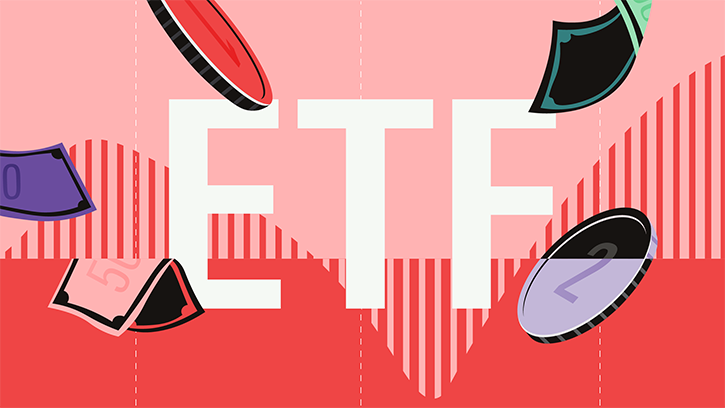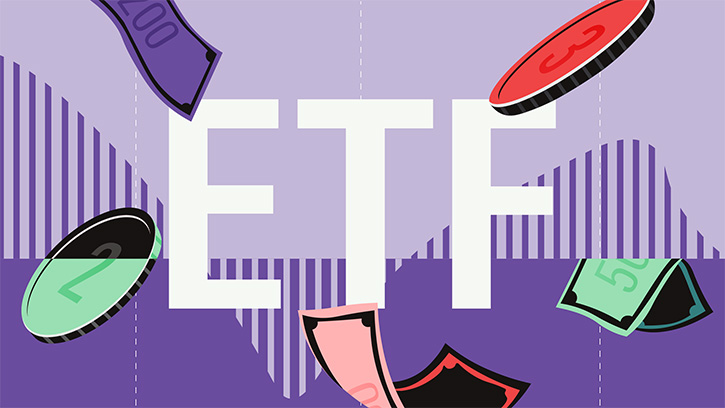Investeringskommentar, Allen Good CFA, 4/11/2015
Exxon Mobil has historically set itself apart from the other majors as a superior capital allocator and operator, delivering higher returns on capital relative to peers as a result. We expect Exxon to maintain its lead in returns, but forecast a decline from historical levels due to reliance on higher-cost projects to replace reserves.
With Exxon exiting an investment cycle, growth in capital employed should slow with reduced investment levels. Traditionally, Exxon invested less on a per-barrel basis
than its peers, which helped to support its superior returns. We expect this trend to continue over the next five years. Investment levels should also fall as Exxon
brings on greater amounts of long-life production that requires less reinvestment to maintain production. Exxon will lead peers with nearly 50% of production from long-life assets in 2018.
In addition, nearly all of its 175 thousand barrels oil equivalent per day of production growth by 2018 will be liquids, leaving Exxon in a better position to capitalize on higher oil prices than over the past five years. This will allow it to hold margins relatively flat, whereas peers will see further narrowing in the coming years.
An inability to significantly improve earnings, primarily because of higher depreciation and lower oil prices, means returns are unlikely to attain historical levels without significantly higher commodity prices. That said, higher depreciation masks the improvement in cash margins and by extension cash flow.
Despite the poor outlook for returns, the combination of higher cash margins and lower capital spending will result in a significant step-up in free cash flow by 2018. Even though spending will remain relatively high through 2017, the dividend is not at risk. With peer-leading coverage ratios, we expect that Exxon will still be able to adequately cover its dividend and continue repurchasing shares beyond 2015, assuming strip pricing.
Additionally, we continue to view the downstream segment as a source of competitive advantage for Exxon. We expect earnings and free cash flow to grow thanks to the startup of new facilities and efforts to lower feedstockcosts.
Bulls Say
- Exxon will see its portfolio mix shift to liquids pricing as gas volumes decline and as new oil and liquefied natural gas projects start production. Cash margins should improve as a result.
- While Exxon will struggle to improve returns materially, it should deliver free cash flow growth to support continued dividend increases and share repurchases.
- With coordination between upstream and downstream operations, as well as integrated refining and chemical facilities, Exxon actually achieves a high level of integration that creates
value, as opposed to simply owning the assets like peers.
Bears Say
- With rising resource nationalism, Exxon has found it increasingly difficult to increase production and book reserves. As a result, it's more reliant on higher-cost projects than in the past.
- Returns are unlikely to ever reach historical levels without higher commodity prices. Also, an extended period of low oil prices would force Exxon to increase debt to avoid reducing share repurchases and slowing dividend growth.
- The expected decline in capital spending may prove only temporary, and Exxon may have to increase spending in several years to maintain production.
















